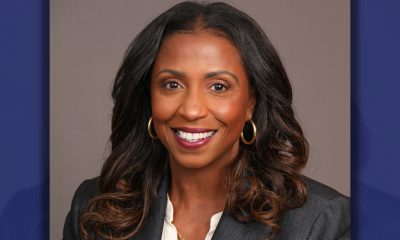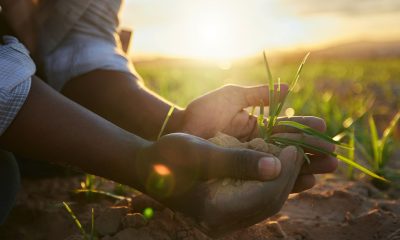Advice
Buying a Home May Not Be as Out of Reach as You Think, Even in This Market
While existing home sales have fallen month-over-month since the beginning of the year, prices hit a record high above $400,000 in May, according to the National Association of Realtors, as low levels of housing inventory and supply chain constraints have created an affordability squeeze for homebuyers. Mortgage rates have nearly doubled in the last six months — from 3% in 2021 to close to 6% in 2022 — making it increasingly challenging for many Americans to purchase a home, especially for those with limited income.
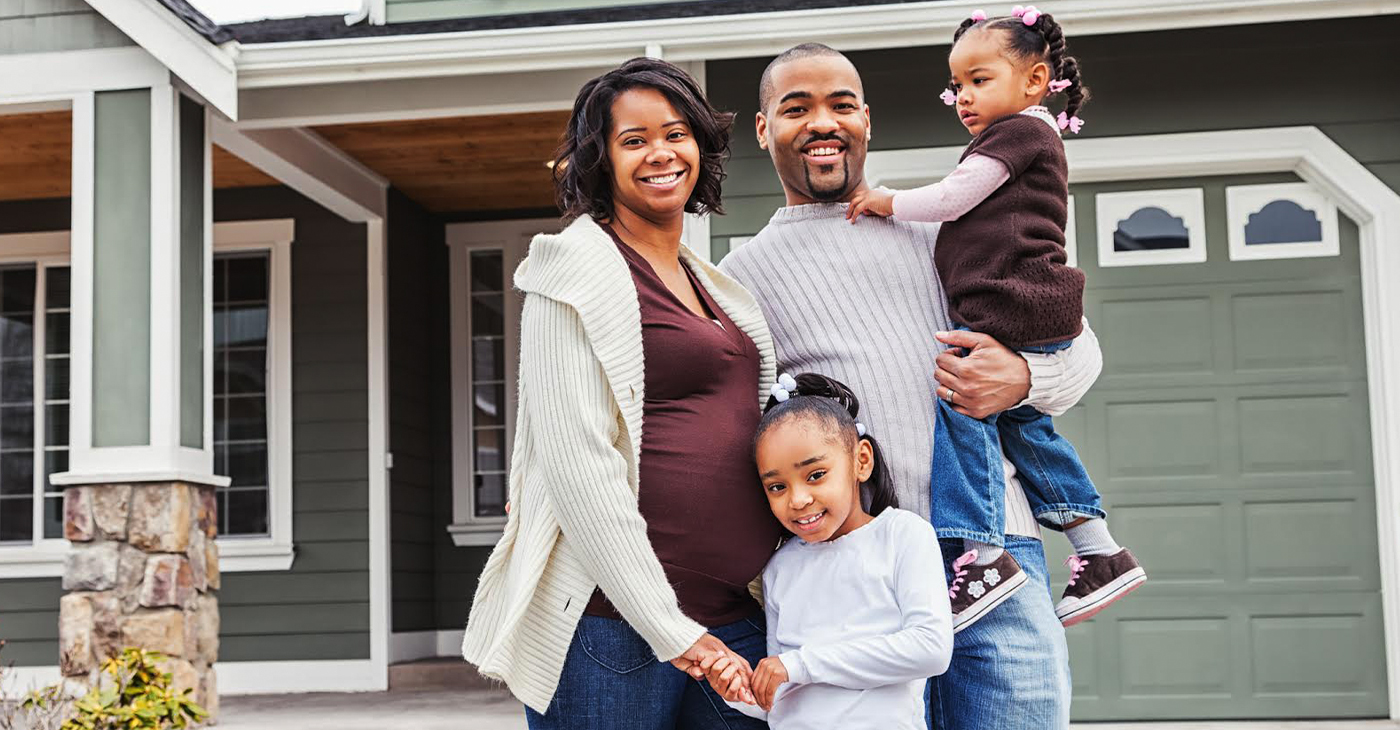
Here’s How You Can Achieve Homeownership
Buying a home is one of the most important purchases you will make in your lifetime. Pressure is mounting for those looking to buy right now, with home prices fluctuating and mortgage rates at their highest levels in over a decade.
While existing home sales have fallen month-over-month since the beginning of the year, prices hit a record high above $400,000 in May, according to the National Association of Realtors, as low levels of housing inventory and supply chain constraints have created an affordability squeeze for homebuyers. Mortgage rates have nearly doubled in the last six months — from 3% in 2021 to close to 6% in 2022 — making it increasingly challenging for many Americans to purchase a home, especially for those with limited income.
So, how do you know when you’re ready to buy a home? More importantly, how much home can you afford? We sat down with Denise Richardson, community home lending advisor at Chase, to answer those questions and discuss what the current state of the market means for you and your family’s home buying dreams.
Q: What are the main factors mortgage lenders look at when evaluating an application?
Richardson:
When it comes to homeownership, your credit score and debt-to-income ratio are major factors in the application process.
Your credit score is set based upon how you’ve used — or not used — credit in the past. Using credit responsibly, such as paying bills on time and having a low utilization rate will result in a higher score. Higher credit scores can help you qualify for the lowest interest rates. A score at 700 or above is generally considered good.
Additionally, lenders look at your debt-to-income ratio. This is a simple equation of how much debt you have relative to how much money you make. Borrowers with a higher debt-to-income ratio are considered more risky while a lower debt-to-income ratio may allow you to qualify for the best rates on your home loan.
Q: What are some tips for improving your credit score?
Richardson: There are a number of things you can do to improve your credit score, starting with reviewing your credit reports to understand what might be working against you. You can also pay down your revolving credit and dispute any inaccuracies.
Additionally, there are services like Chase Credit Journey to help monitor and improve your credit score. Credit Journey monitors all your accounts and alerts you to changes in your credit report that may impact your score. You’ll get an alert any time Chase sees new activity, including charges, account openings and credit inquiries. Chase will also notify you if there are changes in your credit usage, credit limits or balances. You don’t have to be a Chase customer to take advantage of Credit Journey.
Q: What are some factors that can affect the cost of a mortgage?
Richardson: There are several factors to consider when reviewing mortgage options including loan term, interest rate and loan type. Potential homebuyers should contact a home lending professional to understand and review the options available to them.
For example, there are two basic types of mortgage interest rates: fixed and adjustable. While adjustable rates are initially low, they can change over the course of a loan, so your mortgage payments may fluctuate. Loan term indicates how long you have to pay off the loan. Many homebuyers tend to opt for a 15-year or 30-year mortgage, though other terms are available. A longer loan term generally means you’ll have lower monthly payments, but you’ll pay more in interest over the life of the loan. A shorter loan term may come with higher monthly payments, but you’ll likely pay much less in interest over time.
Q: What are the costs of homeownership beyond the monthly mortgage payment?
Richardson: People often think of the down payment and monthly mortgage — but buying and owning a home carries additional costs. Closing costs, for example, can amount to up to 3% or more of the final purchase price. Other factors that could add on to your monthly payments are property taxes, homeowner’s insurance and homeowner’s association (HOA) fees. To get an idea of what this may look like for you, use an affordability calculator.
While there is no way for a buyer to completely avoid paying these fees, there are ways to save on them. Some banks offer financial assistance for homebuyers. As an example, Chase’s Homebuyer Grant offers up to $5,000 that can be used toward a down payment or closing costs in eligible neighborhoods across the country. There may also be homeowners’ or down payment assistance offered in your city or state. Contact a home lending advisor to learn about resources you may be eligible for.
For a deeper dive into this topic, our Beginner to Buyer podcast — episode three, “How Much Can I Afford?” is a great resource for prospective homebuyers to get answers to all their homebuying questions.
Learn more about the homebuying process, here.
Sponsored content from JPMorgan Chase & Co.
Activism
Life After Domestic Violence: What My Work With Black Women Survivors Has Taught Me
Survivors sometimes lack awareness about the dynamics of healthy relationships, particularly when one has not been modeled for them at home. Media often minimizes domestic abuse, pushing the imagery of loyalty and love for one’s partner above everything — even harm.
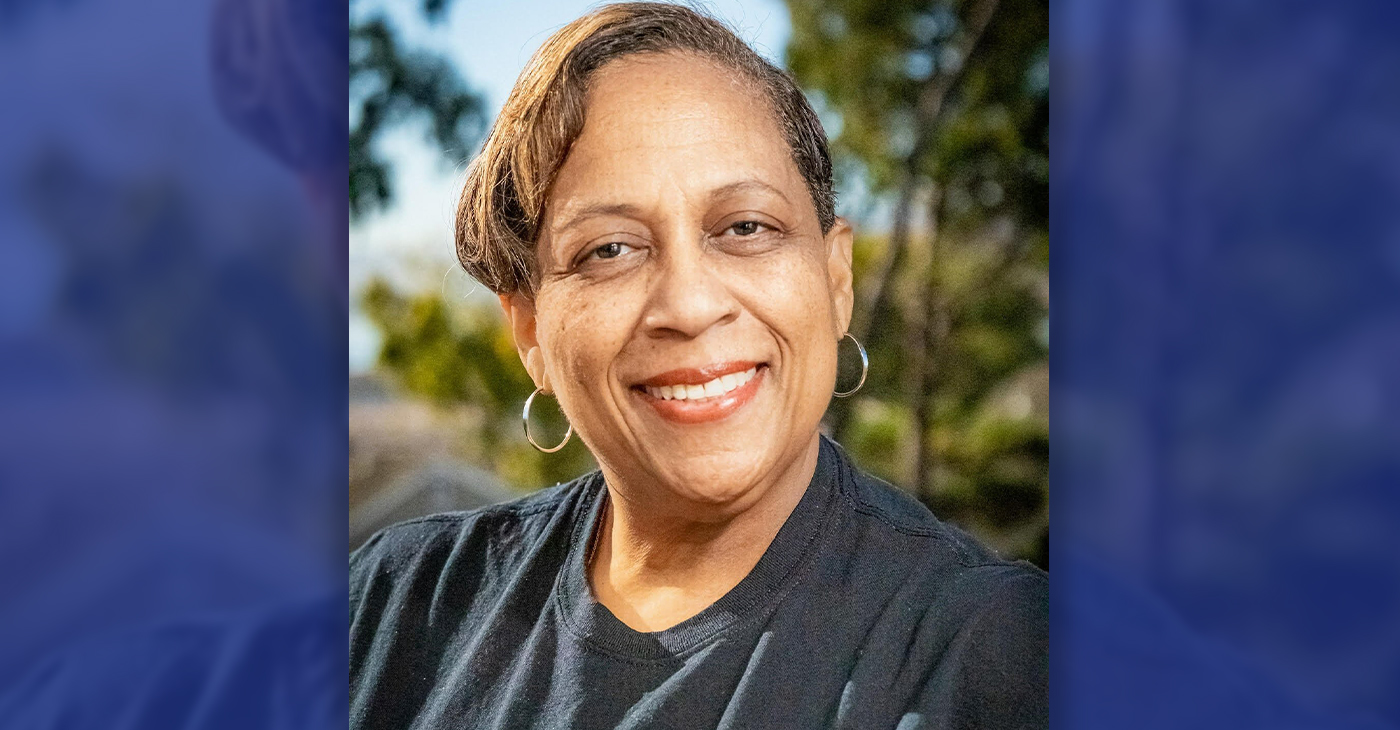
By Paméla Michelle Tate, Ph.D., California Black Media Partners
It was the Monday morning after her husband had a “situation” involving their child, resulting in food flying in the kitchen and a broken plate.
Before that incident, tensions had been escalating, and after years of unhappiness, she finally garnered enough courage to go to the courthouse to file for a divorce.
She was sent to an on-site workshop, and the process seemed to be going well until the facilitator asked, “Have you experienced domestic abuse?” She quickly replied, “No, my husband has never hit me.”
The facilitator continued the questionnaire and asked, “Has your husband been emotionally abusive, sexually abusive, financially abusive, technologically abusive, or spiritually abusive?”
She thought about how he would thwart her plans to spend time with family and friends, the arguments, and the many years she held her tongue. She reflected on her lack of access to “their money,” him snooping in her purse, checking her social media, computer, and emails, and the angry blowups where physical threats were made against both her and their children.
At that moment, she realized she had been in a long-suffering domestic abuse relationship.
After reading this, you might not consider the relationship described above as abusive — or you might read her account and wonder, “How didn’t she know that she was in an abusive relationship?”
Survivors sometimes lack awareness about the dynamics of healthy relationships, particularly when one has not been modeled for them at home. Media often minimizes domestic abuse, pushing the imagery of loyalty and love for one’s partner above everything — even harm.
After working with survivors at Black Women Revolt Against Domestic Violence in San Francisco, California, I have learned a great deal from a variety of survivors. Here are some insights:
Abuse thrives in isolation.
Societal tolerance of abusive behavior is prevalent in the media, workplaces, and even churches, although there are societal rules about the dos and don’ts in relationships.
Survivors are groomed into isolation.
Survivors are emotionally abused and manipulated almost from the beginning of their relationships through love-bombing. They are encouraged or coerced into their own little “love nest,” isolating them from family and friends.
People who harm can be charismatic and fun.
Those outside the relationship often struggle to believe the abuser would harm their partner until they witness or experience the abusive behavior firsthand.
Survivors fear judgment.
Survivors fear being judged by family, friends, peers, and coworkers and are afraid to speak out.
Survivors often still love their partners.
This is not Stockholm Syndrome; it’s love. Survivors remember the good times and don’t want to see their partner jailed; they simply want the abuse to stop.
The financial toll of abuse is devastating.
According to the Allstate Foundation’s study, 74% of survivors cite lack of money as the main reason for staying in abusive relationships. Financial abuse often prevents survivors from renting a place to stay. Compounding this issue is the lack of availability of domestic abuse shelters.
The main thing I have learned from this work is that survivors are resilient and the true experts of their own stories and their paths to healing. So, when you encounter a survivor, please take a moment to acknowledge their journey to healing and applaud their strength and progress.
About the Author
Paméla Michelle Tate, Ph.D., is executive director of Black Women Revolt Against Domestic Violence in San Francisco.
Activism
A Student-Run Group Is Providing Critical Support Services to Underserved Residents
During his three years volunteering at the program, Resource Director Zain Shabbir, says he noticed that many of the people who come in do not know how to navigate social services support systems, particularly online. This knowledge deficit, Shabbir says, is due to age or limited exposure to technology.
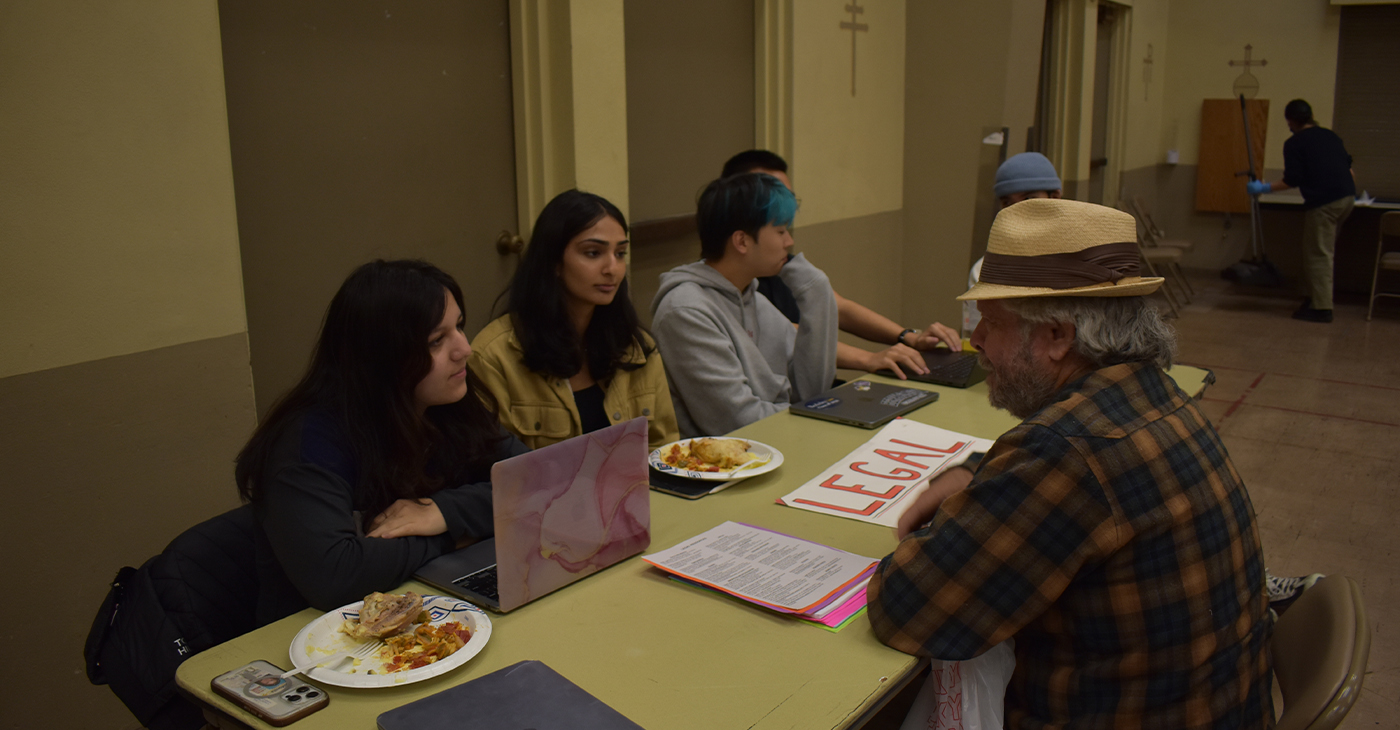
Part 2
By Magaly Muñoz
Resource Director Zain Shabbir is a jack-of-all-trades at the Suitcase Clinic, a student-run resource center that provides health and other services to underserved residents of Berkeley and surrounding areas.
Shabbir was once a clinic director. Now, he manages the General Clinic, floating around when case managers need assistance. And he has big plans for a new initiative.
During his three years volunteering at the program, Shabbir says he noticed that many of the people who come in do not know how to navigate social services support systems, particularly online. This knowledge deficit, Shabbir says, is due to age or limited exposure to technology.
So, he teaches clients the basics of using email, writing in word documents, and backing up files to their phones.
Shabbir shared a story about an interaction he had with a woman who came in seeking help to create a template to message property owners and realtors as she was seeking housing. Until that point, the woman was composing separate messages to each listing she was interested in, and that process was taking up too much of her time. With Shabbir’s help, she created a standard template she could modify and use for each housing inquiry or application.
He’s also hoping to use the technology to help people create resumes to find jobs.
“[The intent] is to help people find work in the city or wherever they live — or help them find housing. As most are probably aware, the two really go together because for housing, you need income verification, and for a job you need housing,” Shabbir said.
Having a warm place to go and a hot meal may seem basic buy it is critical for people who are struggling, clinic leaders say.
Mark, a frequent attendee of the Tuesday clinic, told the Oakland Post that he’s been receiving services from the program for nearly 25 years.
Mark said he was able to receive a referral to dental care through the Clinic, which he’s been using for about 20 years now. He also utilized the chiropractor, a service that is no longer offered, for pain and aches he acquired over the years.
Many program participants say they visit the clinic now for services provided by Berkeley medical students, who rely on osteopathic care rather than traditional methods. Osteopathic medicine is a medical philosophy and practice that focuses on the whole person, rather than just symptoms.
Executive director Nilo Golchini said that many clinic patients tend to appreciate and trust this type of medicine over mainstream practices because of sub-standard care they have received in the past because they are homeless or poor.
Acupuncture is also an extremely popular station at the Clinic as well, with participants saying it “soothes and calms” them.
Attendees of the clinic are generally in happy spirits throughout the hours they’re able to interact with fellow residents. Some even participate in arts and crafts, moving from table to show their friends their new creations.
“It’s a program that’s going strong,” said Golchini. “There’s a space for everyone” who wants to volunteer or receive services, and they’ll keep going as long as the community needs it.
The Suitcase General Clinic is open every Tuesday from 6:30 to 9:30pm. Women’s and Youth Clinics are held every Monday from 6 to 9pm.
Activism
2024 in Review: Seven Questions for Frontline Doulas
California Black Media (CBM) spoke with Frontline Doulas’ co-founder Khefri Riley. She reflected on Frontline’s accomplishments this year and the organization’s goals moving forward.
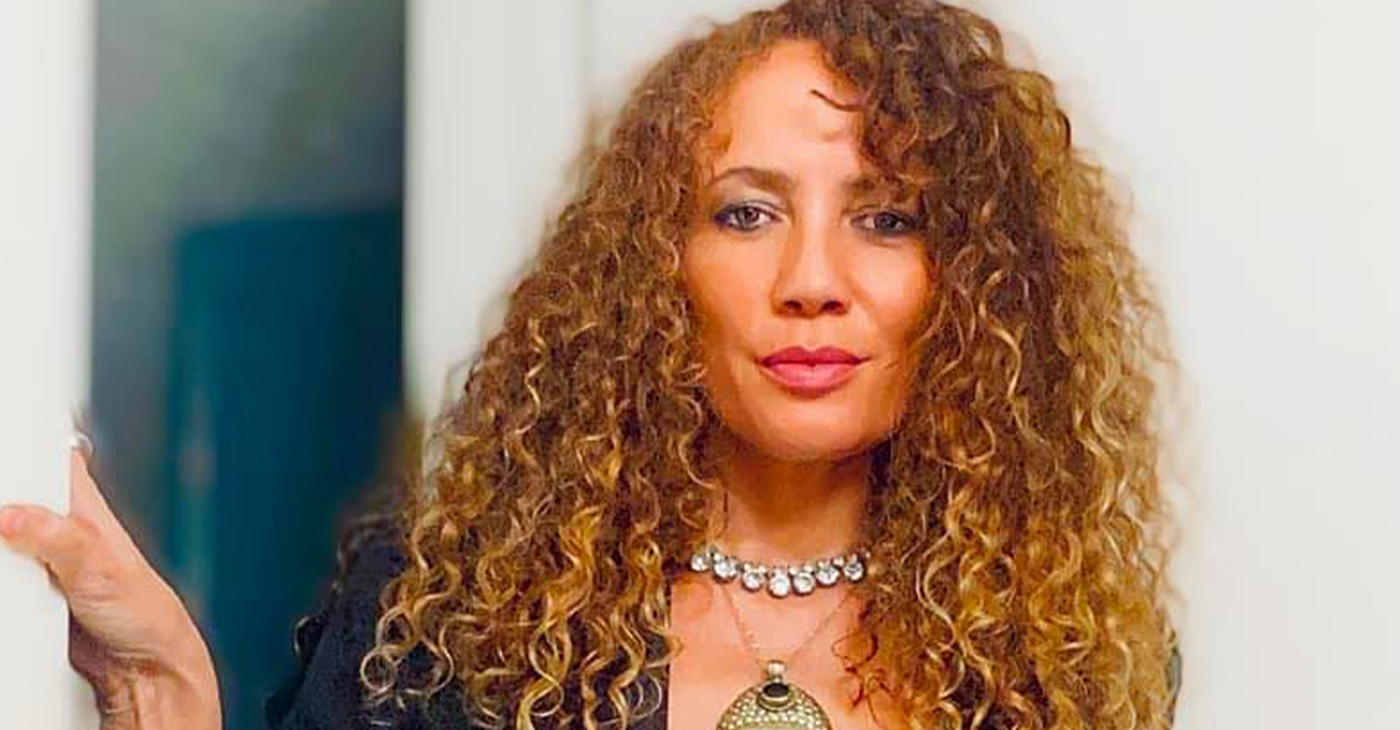
By Edward Henderson, California Black Media
Frontline Doulas provides African American families non-medical professional perinatal services at no cost.
This includes physical, emotional, informational, psychosocial and advocacy support during the pregnancy, childbirth and postpartum period. Women of all ages — with all forms of insurance — are accepted and encouraged to apply for services.
California Black Media (CBM) spoke with co-founder Khefri Riley. She reflected on Frontline’s accomplishments this year and the organization’s goals moving forward.
Responses have been edited for clarity and length.
Looking back at 2024, what stands out to you as your most important achievement and why?
In 2024, we are humbled to have been awarded the contract for the Los Angeles County Medical Doula Hub, which means that we are charged with creating a hub of connectivity and support for generating training and helping to create the new doula workforce for the medical doula benefit that went live in California on Jan. 1, 2023.
How did your leadership and investments contribute to improving the lives of Black Californians?
We believe that the revolution begins in the womb. What we mean by that is we have the potential and the ability to create intentional generational healing from the moment before a child was conceived, when a child was conceived, during this gestational time, and when a child is born.
And there’s a traditional saying in Indigenous communities that what we do now affects future generations going forward. So, the work that we do with birthing families, in particular Black birthing families, is to create powerful and healthy outcomes for the new generation so that we don’t have to replicate pain, fear, discrimination, or racism.
What frustrated you the most over the last year?
Working in reproductive justice often creates a heavy burden on the organization and the caregivers who deliver the services most needed to the communities. So, oftentimes, we’re advocating for those whose voices are silenced and erased, and you really have to be a warrior to stand strong and firm.
What inspired you the most over the last year?
My great-grandmother. My father was his grandmother’s midwife assistant when he was a young boy. I grew up with their medicine stories — the ways that they healed the community and were present to the community, even amidst Jim Crow.
What is one lesson you learned in 2024 that will inform your decision-making next year?
I find that you have to reach for your highest vision, and you have to stand firm in your value. You have to raise your voice, speak up and demand, and know your intrinsic value.
In a word, what is the biggest challenge Black Californians face?
Amplification. We cannot allow our voices to be silent.
What is the goal you want to achieve most in 2025?
I really would like to see a reduction in infant mortality and maternal mortality within our communities and witness this new birth worker force be supported and integrated into systems. So, that way, we fulfill our goal of healthy, unlimited birth in the Black community and indeed in all birthing communities in Los Angeles and California.
-

 Activism3 weeks ago
Activism3 weeks agoWe Fought on Opposite Sides of the Sheng Thao Recall. Here’s Why We’re Uniting Behind Barbara Lee for Oakland Mayor
-

 Activism4 weeks ago
Activism4 weeks agoSan Francisco Is Investing Millions to Address Food Insecurity. Is Oakland Doing the Same?
-

 #NNPA BlackPress3 weeks ago
#NNPA BlackPress3 weeks agoRev. Dr. Jamal Bryant’s Black Church Target Boycott Mobilizes 150,000
-

 Activism3 weeks ago
Activism3 weeks agoFaith Leaders Back Barbara Lee for Mayor, Criticize Candidate Loren Taylor for Dishonest Campaigning
-

 Activism4 weeks ago
Activism4 weeks agoOakland Post: Week of March 12 – 18, 2025
-

 #NNPA BlackPress3 weeks ago
#NNPA BlackPress3 weeks agoRecently Approved Budget Plan Favors Wealthy, Slashes Aid to Low-Income Americans
-

 Activism3 weeks ago
Activism3 weeks agoGroup Takes First Steps to Recall District Attorney Diana Becton
-

 Activism2 weeks ago
Activism2 weeks agoOakland’s Most Vulnerable Neighborhoods Are Struggling to Eat and Stay Healthy









